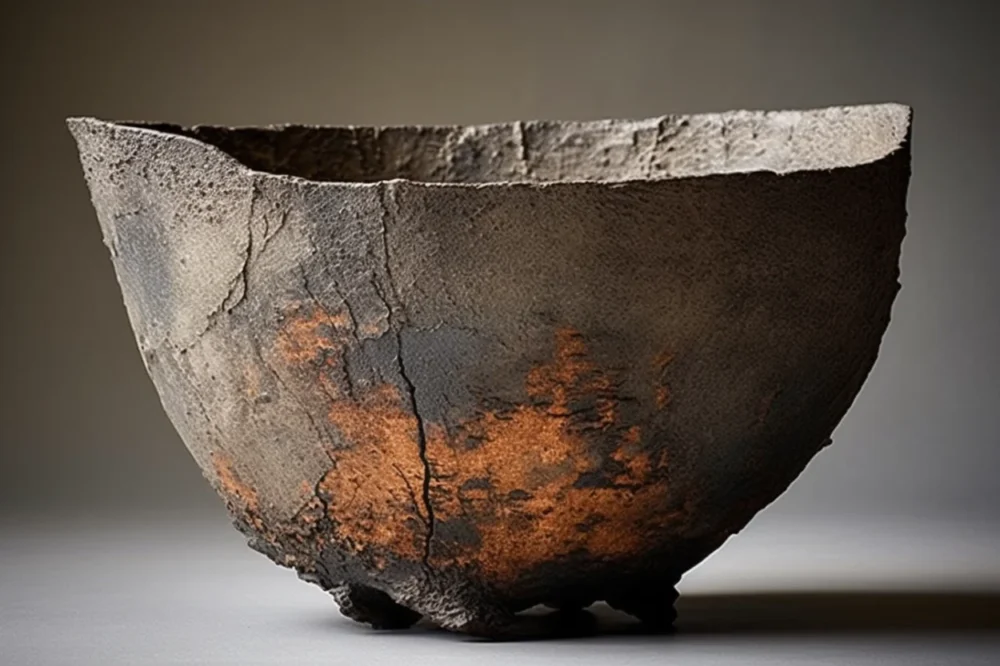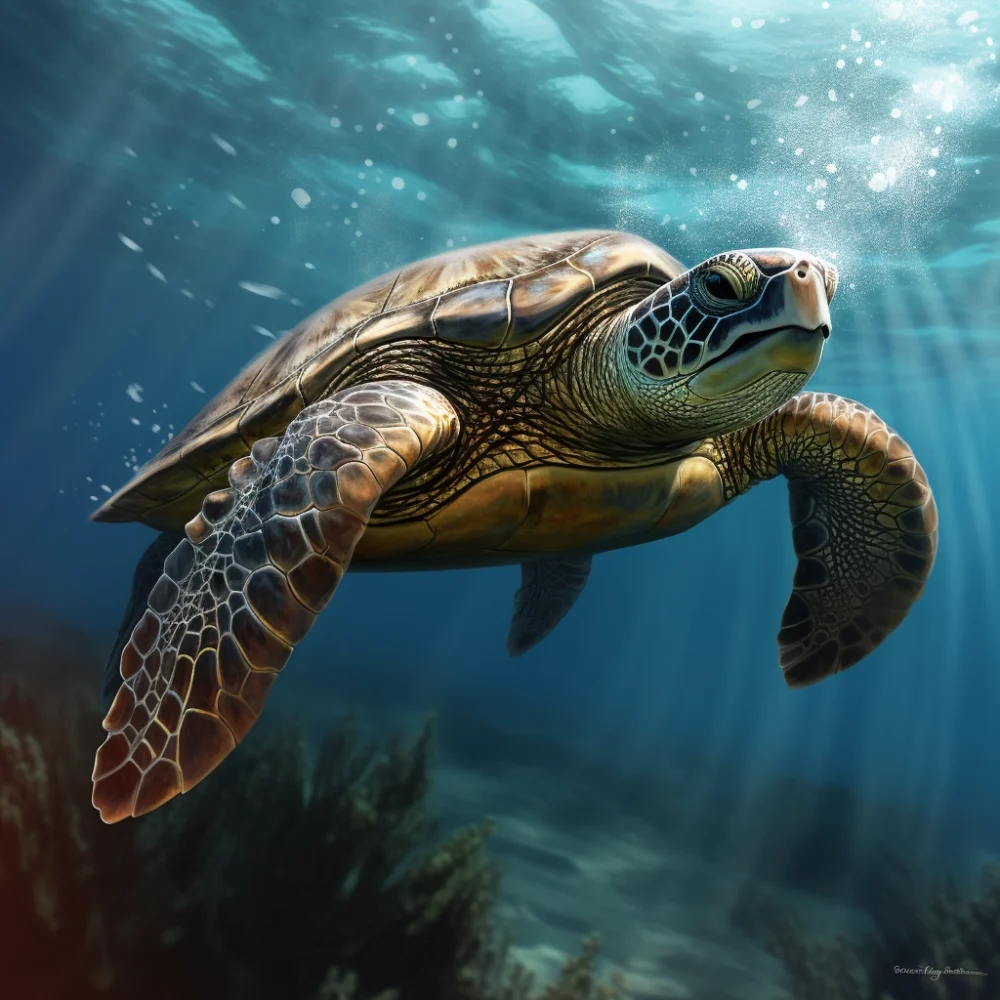Symbols Of Resilience in Cultures and Arts Around The World
Resilience stands out as one of humanity’s most vital traits. Across history and cultures, people have turned to symbols to embody the strength to endure, adapt, and overcome.
This article explores 25 enduring symbols of resilience from around the globe. Each carries a unique story, reflecting how different societies have honored the power to rise after falling, to heal after breaking, and to move forward despite resistance.
1. Phoenix

The phoenix is a captivating mythical bird deeply rooted in ancient Greek mythology.
According to legend, the phoenix has a cyclical life cycle, where it is consumed by fire upon death, only to be reborn from its own ashes. This extraordinary ability to rise again symbolizes the themes of renewal, regeneration, and the triumph of life over death.
The phoenix is not confined to Greek mythology alone; variations of this majestic bird appear in diverse cultural narratives, such as Roman, Egyptian, and Chinese mythologies. In each context, the phoenix is always a powerful symbol of resilience, and the capacity to overcome challenges through transformative rebirth.
For example, in ancient Egyptian mythology, the phoenix is associated with the sun god Ra. It is said that the phoenix self-immolates in fire and is then reborn from its ashes, symbolizing the daily sunrise and sunset. Meanwhile, in Greek mythology, the phoenix is often associated with the sun god Apollo. The bird is said to live for several centuries before building a funeral pyre and setting itself on fire. From the ashes, a new phoenix arises. The phoenix is a symbol of cyclical renewal and immortality.
🐦🔥 Read More: Phoenix Symbolism Across Cultures
2. Oak Tree

Oak trees have long symbolized resilience, strength, stability, endurance, and fertility. This symbolism is reflected across history, literature, and the arts.
Ancient figures like Theophrastus and Pliny the Elder explored oak symbolism, highlighting their longevity and significance in rituals. Pliny detailed Druid ceremonies with mistletoe on sacred oaks, linked to fertility remedies.
Today, the oak is a national emblem in countries like the UK, Poland, and Germany. In the U.S., a 2001 vote led to its designation as the national tree in 2004.
🐦🔥 Read More: Symbols of Rebirth Across Cultures
3. Lotus Flower

The lotus flower is one of the most powerful symbols of harmony in Eastern philosophy. Growing from muddy water but blooming clean and radiant, it represents inner peace, spiritual awakening, and the ability to rise above suffering.
In both Buddhism and Hinduism, it symbolizes purity, enlightenment, and the harmony between the material and spiritual worlds. Each stage of its blooming mirrors the path to balance and wholeness.
🪷 Read More: Lotus Symbolism Across Cultures
4. Rock

A rock symbolizes stability and resilience. It stands firm against nature’s forces, enduring over time without yielding. Its strength and steadiness remind us that, like a rock, we too can find inner strength to face life’s challenges and remain grounded through turbulence.
5. Anchor
An anchor is the ultimate symbol of staying grounded when everything around you feels chaotic. In turbulent waters, it keeps a ship steady, just like resilience keeps us steady through life’s storms. It’s a quiet reminder that no matter how wild things get, you have the inner strength to hold on, stay rooted, and face whatever comes your way.
6. Kintsugi

Kintsugi, the ancient Japanese art of repairing pottery with gold, transforms cracks into beautiful features. Rooted in wabi-sabi, it celebrates imperfection and impermanence. More than an art form, Kintsugi symbolizes resilience—teaching us to embrace our scars, heal, and find beauty in transformation. It’s a reminder that brokenness can lead to strength and renewed beauty.
7. Sisu
Sisu is a Finnish term that encapsulates a unique blend of determination, resilience, and courage in the face of adversity. It goes beyond mere persistence; it embodies a kind of stoic resilience, an inner strength that enables individuals to persevere in the most challenging circumstances. Rooted in Finnish culture, sisu is a source of pride and a symbol of the tenacity required to confront and overcome life’s obstacles. The concept emphasizes a resilient mindset that empowers individuals to face difficulties with courage, resolve, and an unwavering spirit.
8. Bamboo

Bamboo, with its remarkable strength and flexibility, serves as a potent symbol of resilience. Despite its slender appearance, bamboo can endure significant pressure and bend without breaking. This quality represents adaptability and the ability to weather adversity while maintaining integrity.
Bamboo’s rapid growth further reinforces it as a symbol for resilience, demonstrating the capacity to thrive in challenging conditions. Culturally, bamboo is revered in many Asian traditions for its symbolism of strength, resilience, and longevity.
9. Lighthouse
The lighthouse is a quiet symbol of resilience—a steady light in the storm, guiding ships safely through the darkness. Standing tall on rocky shores, it’s a reminder that even in life’s wildest moments, there’s always a beacon of hope and direction. It whispers that no matter how dark it gets, resilience will guide you to safer, brighter days.
10. Celtic Knot

Celtic knotwork, with its endless loops and intricate weaves, feels like a quiet anthem for resilience. The unbroken lines speak of enduring strength, holding steady even when life tries to pull you apart. Its patterns, so detailed and flexible, are a reminder that adaptability is key—resilience isn’t just about holding on but about bending, weaving, and finding your way through the chaos with creativity and grace. It’s proof that even in complexity, there’s beauty and strength.
11. Turtle

The turtle, often depicted as slow and steady, carries its home on its back, symbolizing resilience and protection. In various cultures, the turtle represents longevity and the ability to navigate both land and water. Despite its gradual pace, the turtle exemplifies resilience by persistently moving forward, emphasizing the importance of steadiness and endurance in overcoming challenges.
🐢 Read More: Turtle Symbolism Across Cultures
12. Elephant

Elephants are the ultimate symbols of resilience. With their strong family bonds, they stick together through thick and thin, led by a wise matriarch who guides the group with love and strength. Their tight-knit social circles show us how unity can help overcome challenges.
But it’s not just their bonds, it’s their incredible intelligence. Elephants remember everything: water sources, migration paths, even the faces of friends and foes. They adapt, learn, and keep moving forward, proving that resilience is not just strength but also wisdom and the ability to grow from every experience.
13. Mountain
Mountains represent stability, endurance, and stillness. Towering yet silent, they offer perspective, grounding, and spiritual elevation. As symbols of harmony, mountains reflect the idea of rising above noise, holding steady over time, and anchoring ourselves in long-term truth. They embody the peace found through inner strength and solitude.
14. Adinkra Symbol – Dwennimmen
Dwennimmen, an Adinkra symbol from West Africa, represents strength and resilience. Dwennimmen means “ram’s horns” in the Akan language and reflects humility with strength. This West African symbol teaches that true harmony lies in balancing power with compassion. It encourages humility in leadership, empathy in action, and the pursuit of peace through strength held with grace.
15. Yin and Yang

Yin and Yang represent duality in harmony: light and dark, feminine and masculine, passive and active. Each contains a seed of the other, and they’re never fully separate. As symbols of harmony, they emphasize interdependence and the need for balance in all things. Life is not about extremes, but about flow and transformation.
16. Scarab Beetle

The scarab beetle is an ancient Egyptian icon of resilience and transformation. Linked to the sun god Ra, it symbolizes the cycle of life, death, and rebirth. Just as the beetle rolls its dung ball, representing the sun’s journey across the sky, it reminds us of the beauty in renewal and the strength to adapt through life’s endless changes.
17. Dandelion

The dandelion, often considered a weed, thrives in adverse conditions and is a symbol of resilience and adaptability. Its delicate seeds disperse easily, finding new ground to take root. The dandelion teaches the lesson that resilience can be found in unexpected places, and even in the face of adversity, there is potential for growth and the spread of positivity.
💨 Read More: Wind Symbolism and Their Meaning
18. Fist Raised in Solidarity

The raised fist is a powerful symbol of resilience, unity, and strength. Used in protests and movements throughout history, it represents standing together for a common cause.
During the civil rights movements of the 1960s, it became iconic, especially in the Black Power movement, symbolizing solidarity and resistance against racial injustice. The raised fist is a reminder of the power of collective strength and the determination to overcome adversity.
⛓️💥 Read More: 25 Symbols of Freedom and Their Meaning
20. Chess Pawn

The pawn is the most humble piece in chess, but also the most quietly powerful. It symbolizes patience, potential, and the strength in small steps. As a harmony symbol, the pawn reminds us that progress doesn’t need to be loud or dramatic. Every move counts, and every small effort builds toward something greater.
22. Aloe Vera Plant

Aloe vera is known for its healing, cooling, and soothing qualities. Used for centuries in medicine, it symbolizes physical and emotional recovery. As a harmony symbol, aloe represents the quiet power of restoration, the resilience of nature, and the inner peace that comes from nurturing and care.








2 Comments
Comments are closed.